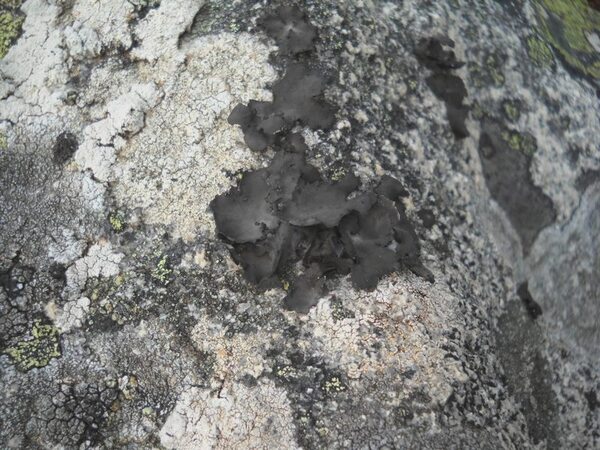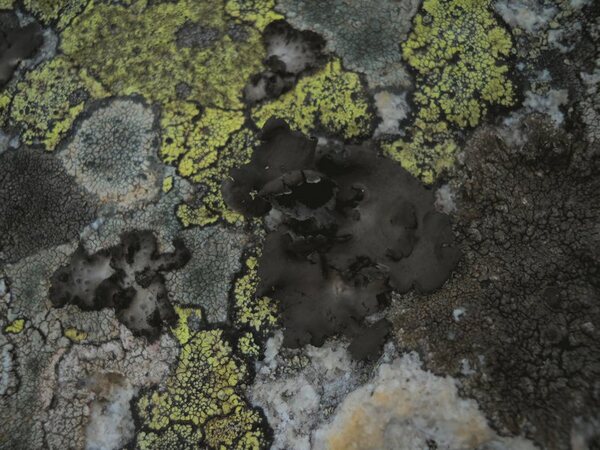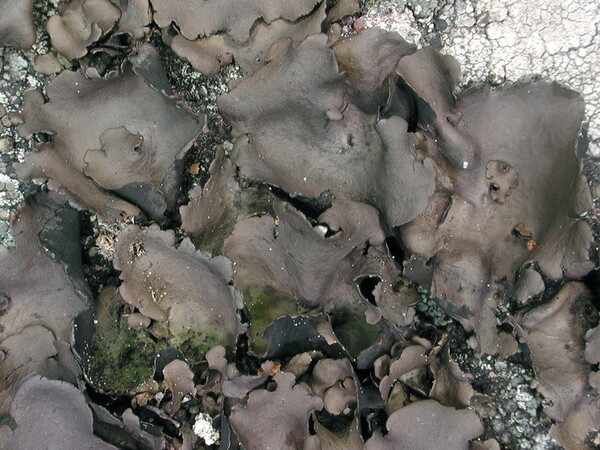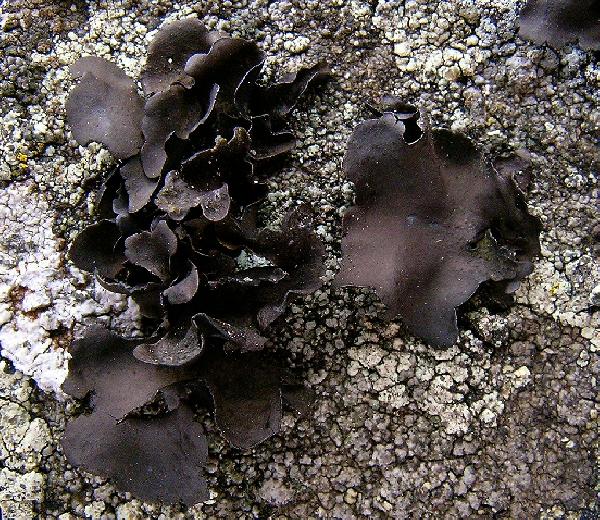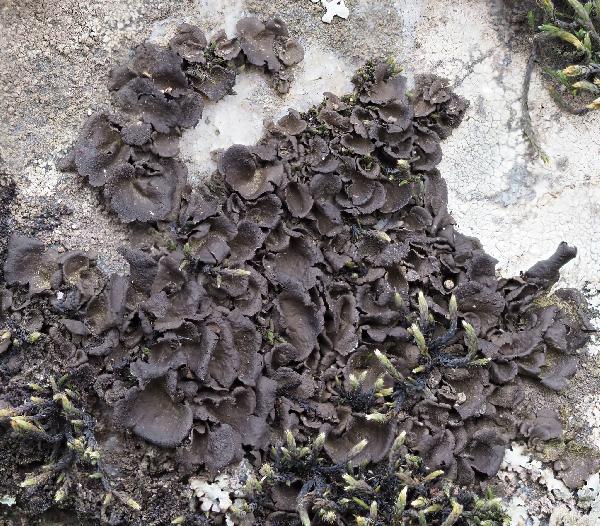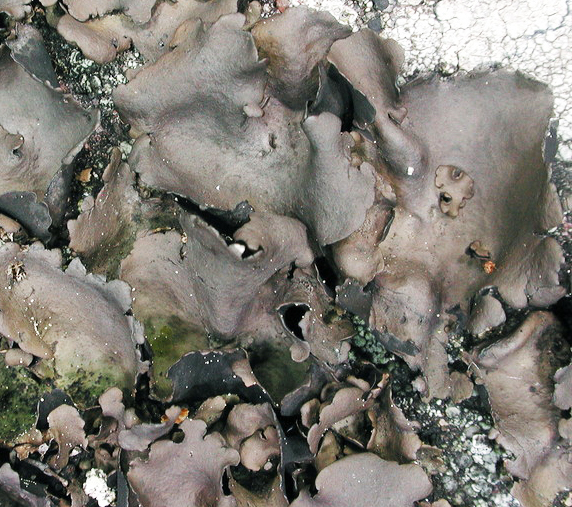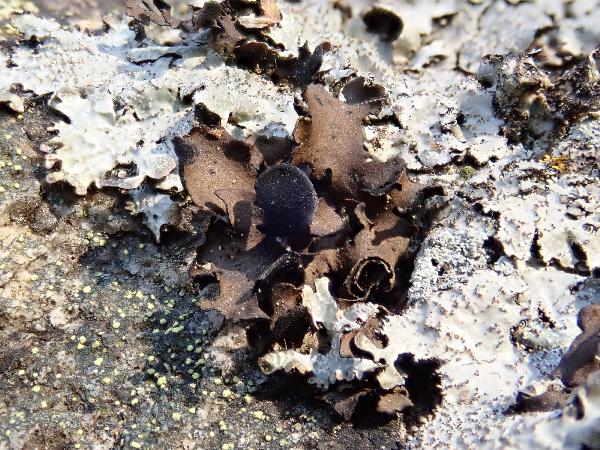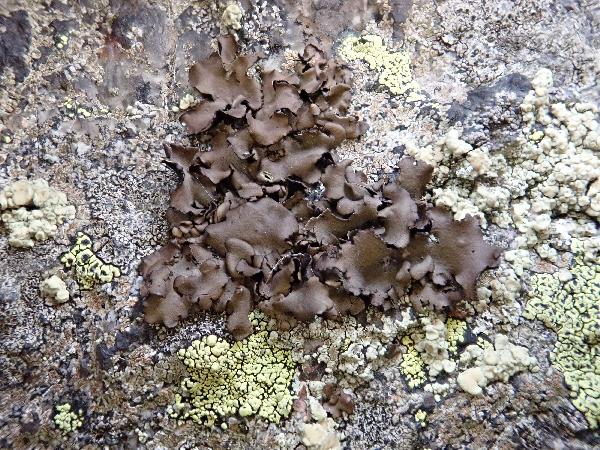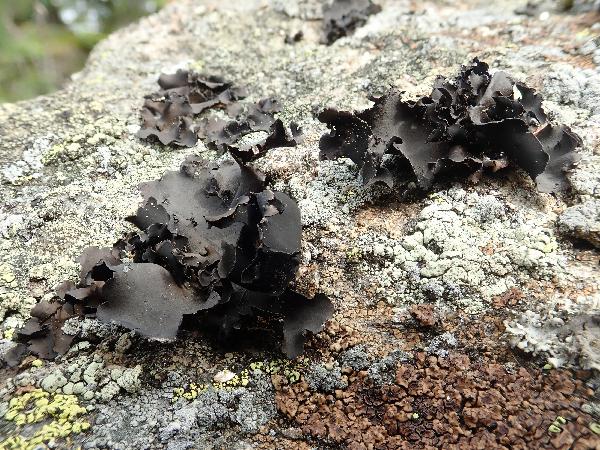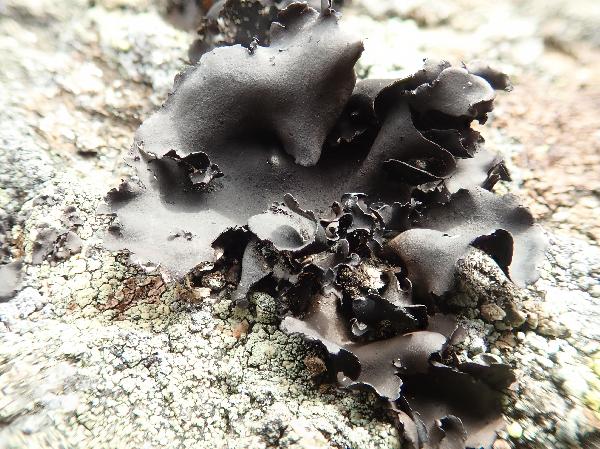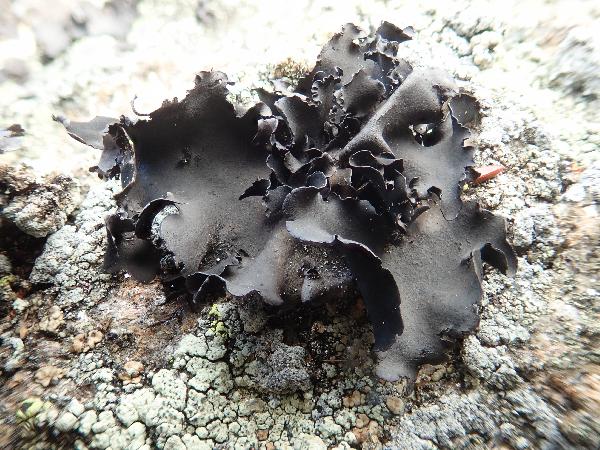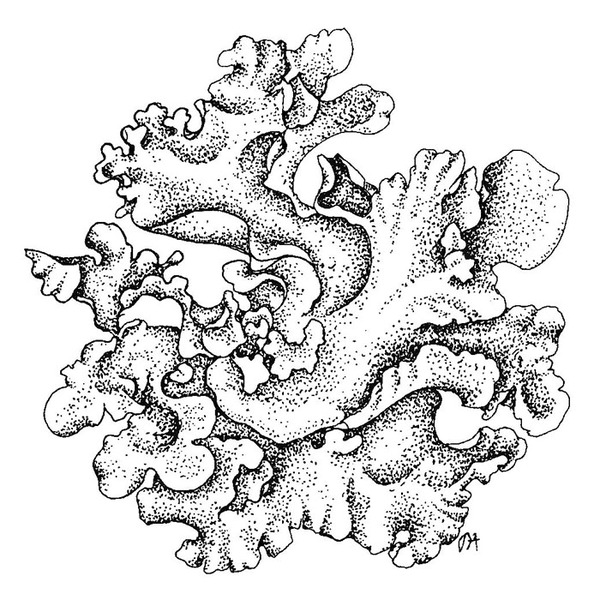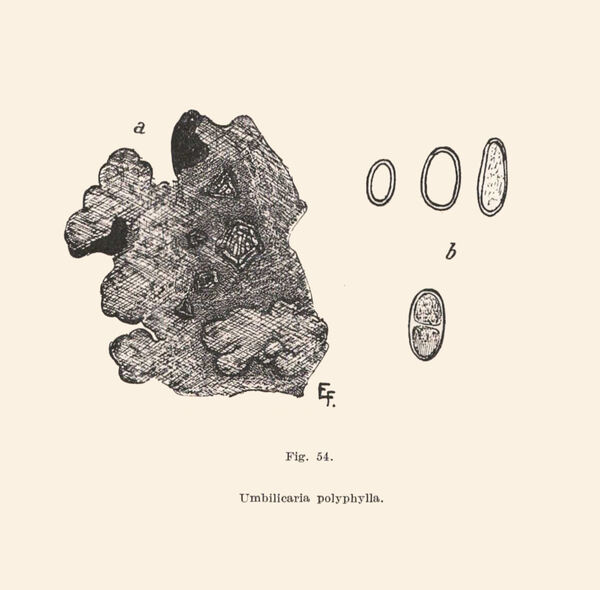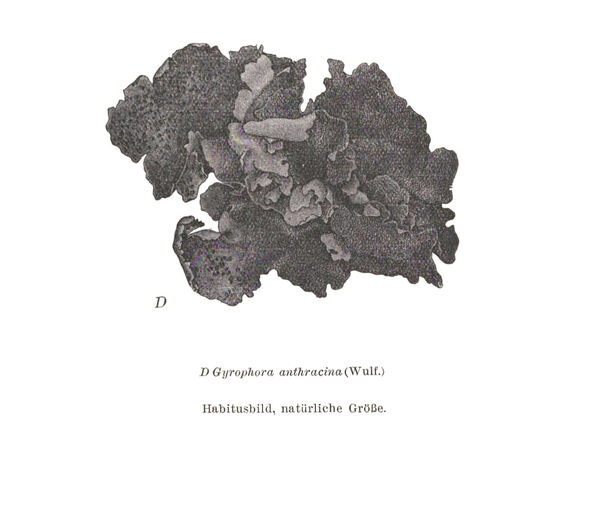Umbilicaria polyphylla (L.) Baumg.
Fl. Lips.: 571, 1790. Basionym: Lichen polyphyllus L. - Sp. Pl., 2: 1150, 1753.
Synonyms: Gyrophora anthracina (Wulfen) Körb.; Gyrophora glabra (Ach.) Ach.; Gyrophora polyphylla (L.) Funck; Umbilicaria anthracina (Wulfen) Hoffm.; Umbilicaria glabra Ach.
Distribution: N - Frl (Tretiach & Hafellner 2000), Ven, TAA (Nascimbene & al. 2022), Lomb (Gheza 2019, 2019b), Piem (Morisi & Sereno 1995, Isocrono & Falletti 1999, Isocrono & al. 2003, 2004, 2006), VA (Piervittori & Isocrono 1997, 1999, Lich. Ital. Exs. 80: Isocrono & al. 2023), Emil (Fariselli & al. 2020). C - Tosc (Tretiach & al. 2008), Sar (Nöske 2000). S - Bas (Potenza & al. 2014), Cal (Puntillo 1996, Potenza & al. 2011), Si (Caniglia & Grillo 2003, Ottonello 2005, Iacolino & Ottonello 2006).
Description: Thallus foliose-umbilicate, heteromerous, dorsiventral, attached by a central holdfast, dorsiventral, polyphyllous and cushion-forming, rarely monophyllous, 2-4(-10) cm wide, 0.15-0.2(-0.3) mm thick, fragile when dry, irregular in outline, with lacerate, undulate, entire or deeply dissected margins, the edges strongly up-turned, the umbo slightly folded. Upper surface dark brown, rarely grey-brown, smooth, slightly glossy at least in marginal parts, even or with poorly evident reticulate wrinkles. Lower surface smooth, even, sooty black, sometimes brown around umbilicus, erhizinate; thalloconidia usually 6-10-celled, spherical to ellipsoid, smooth, brown to dark brown, 9-28 x 9-24 µm, completely covering the lower surface, except for a brown area around the umbilicus. Upper cortex palisade-plectenchymatous, 10-20 µm thick; medulla white, loose, with air spaces, 50-100 µm thick; lower cortex scleroplectenchymatous, 10-20 µm thick. Apothecia very rare, black, gyrodisc, 0.5-2(-4) mm across. Epithecium brown; hymenium colourless, 60-70 µm high; paraphyses simple or sparingly branched, 1.7-2 µm thick, the apical cells more or less swollen; hypothecium dark brown to black. Asci 8-spored, clavate, thick-walled, with an amyloid apical dome, Umbilicaria-type. Ascospores 1-celled hyaline, ellipsoid, 12-19 x 4-8 µm. Pycnidia mainly marginal on upper surface, immersed, globose, with a dark brown ostiole. Conidia bacilliform, c. 4-5.5 x c. 0.6 µm. Photobiont chlorococcoid. Spot tests: medulla K-, C+ red, KC+ red, P-. Chemistry: medulla with gyrophoric and umbilicaric acids (major), and lecanoric acid (minor). Note: a variable and ecologically wide-ranging species of rainy areas, with optimum on inclined surfaces of siliceous rocks wetted by rain, present both in the Alps and in the high Mediterranean mountains; South Italian records, however, may belong to the very similar U. subpolyphylla (see Christensen 2022).
Growth form: Foliose, umbilicate
Substrata: rocks
Photobiont: green algae other than Trentepohlia
Reproductive strategy: mainly asexual, by conidia and thalloconidia
Most common in areas with a humid-warm climate (e.g. most of Tyrrenian Italy)
Commonnes-rarity: (info)
Alpine belt: rare
Subalpine belt: rather rare
Oromediterranean belt: very rare
Montane belt: extremely rare
Submediterranean belt: absent
Padanian area: absent
Humid submediterranean belt: absent
Humid mediterranean belt: absent
Dry mediterranean belt: absent
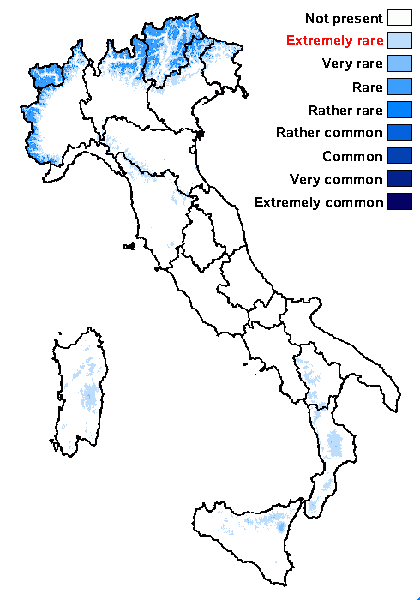
Predictive model
Herbarium samples
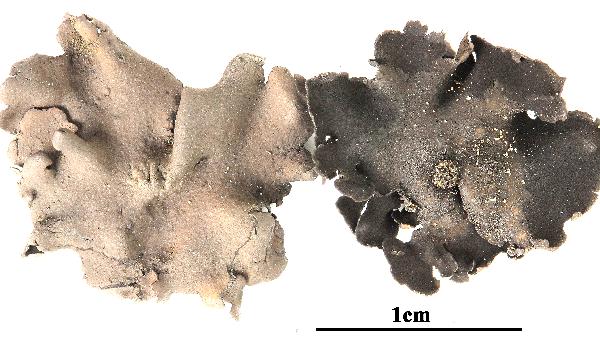
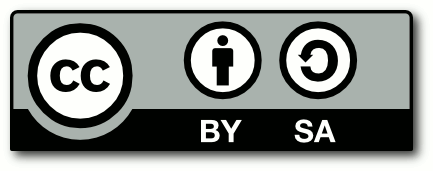
Felix Schumm - CC BY 4.0
[1544], Germany, Baden-Württemberg, Schwarzwald, Freudenstadt,
Silikatgestein. Leg. F. Schumm, 14.05.1967, det. J. Poelt.
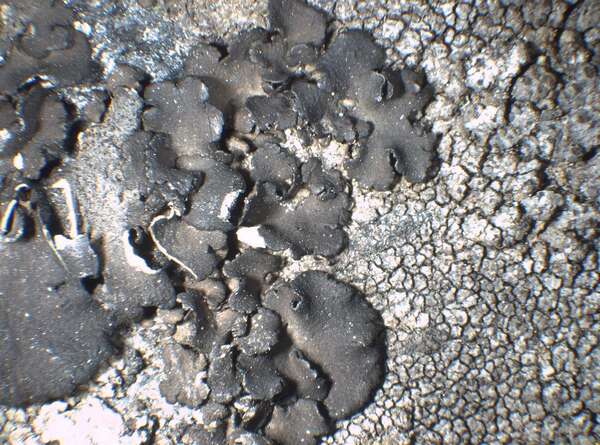

P.L. Nimis; Owner: Department of Life Sciences, University of Trieste
Herbarium: TSB (32889)
2003/03/17
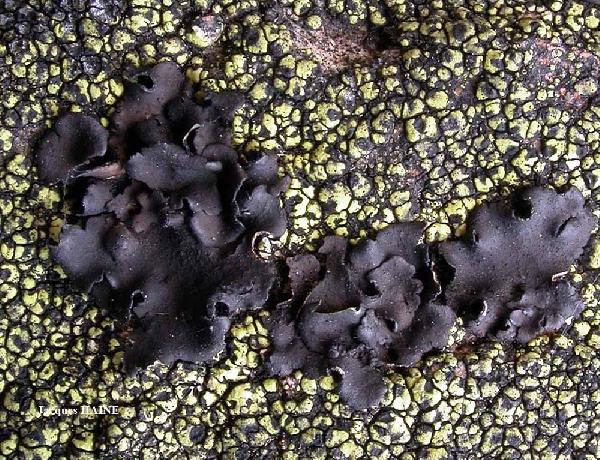
Jacques Haine - Source: http://www.lichensmaritimes.org/index.php?task=fiche&lichen=550&lang=en
Belgium, Monthermé
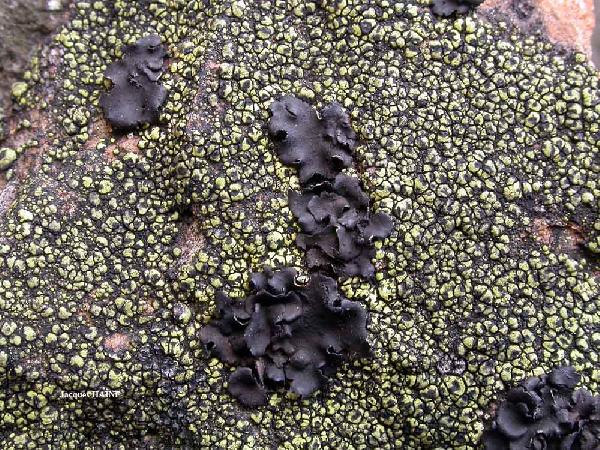
Jacques Haine - Source: http://www.lichensmaritimes.org/index.php?task=fiche&lichen=550&lang=en
Belgium, Monthermé
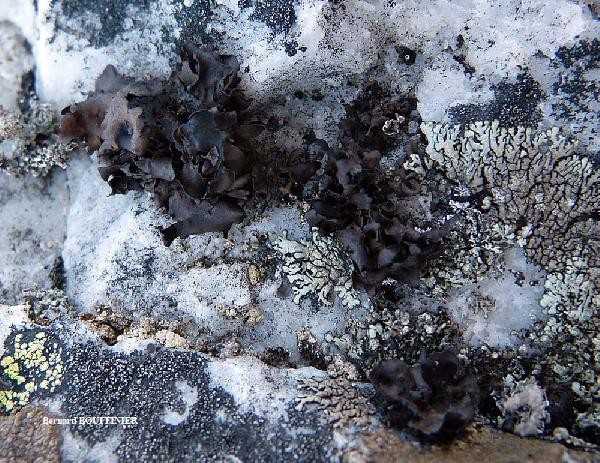
Bernard Bouffinier - Source: http://www.lichensmaritimes.org/index.php?task=fiche&lichen=550&lang=en
France, Brasparts
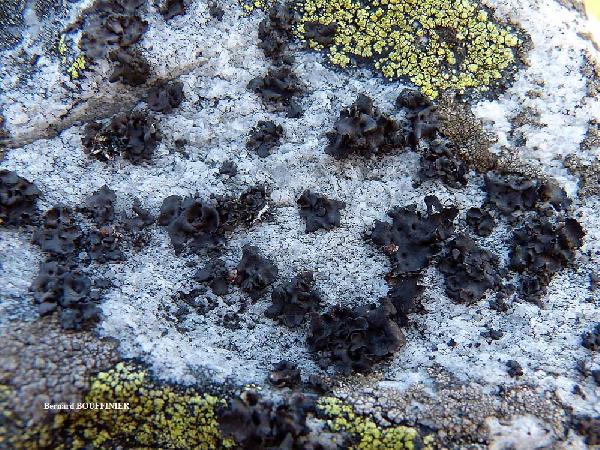
Bernard Bouffinier - Source: http://www.lichensmaritimes.org/index.php?task=fiche&lichen=550&lang=en
France, Brasparts
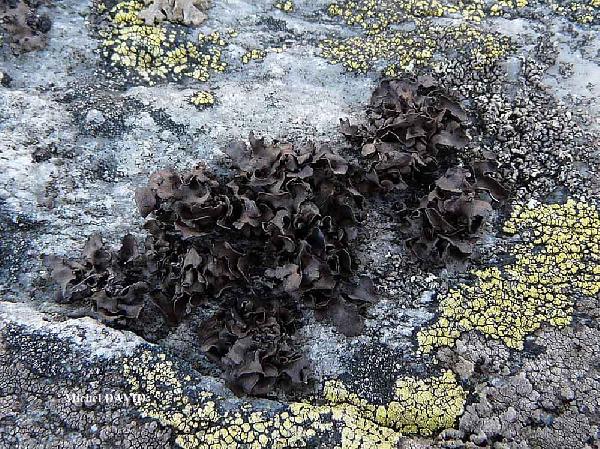
Michel David - Source: http://www.lichensmaritimes.org/index.php?task=fiche&lichen=550&lang=en
France, Brasparts
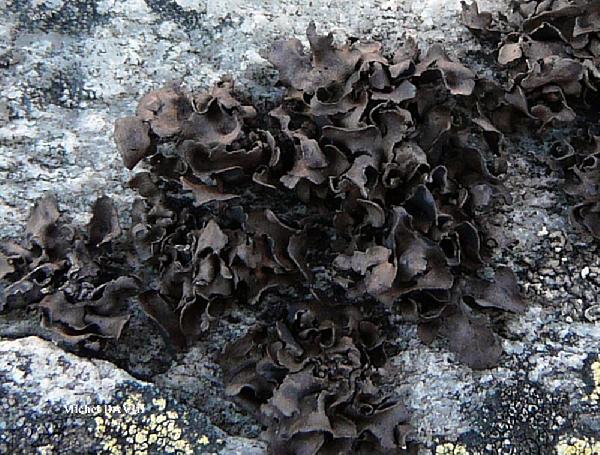
Michel David - Source: http://www.lichensmaritimes.org/index.php?task=fiche&lichen=550&lang=en
France, Brasparts
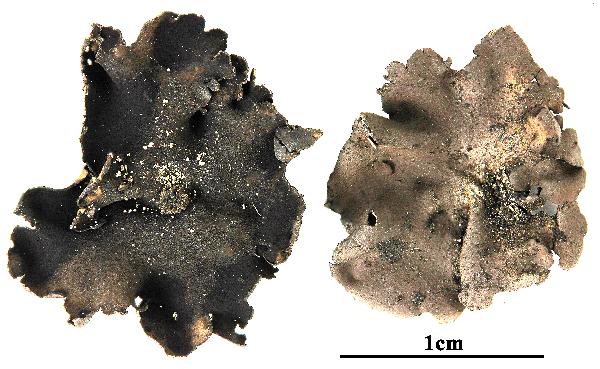

Felix Schumm - CC BY 4.0
[1544], Germany, Baden-Württemberg, Schwarzwald, Freudenstadt,
Silikatgestein. Leg. F. Schumm, 14.05.1967, det. J. Poelt.
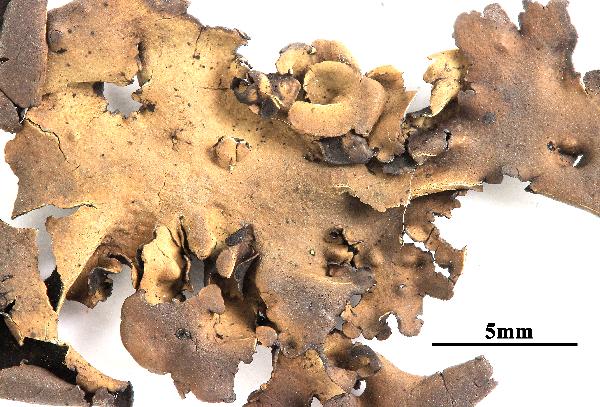

Felix Schumm - CC BY 4.0
[1944], Germany, Baden-Württemberg, Südschwarzwald, Südseite des
Belchen an Granitfelsen, ca. 1300 m, sonnig. Leg. F. Schumm,
10.09.1971, det. F. Schumm, 1971.
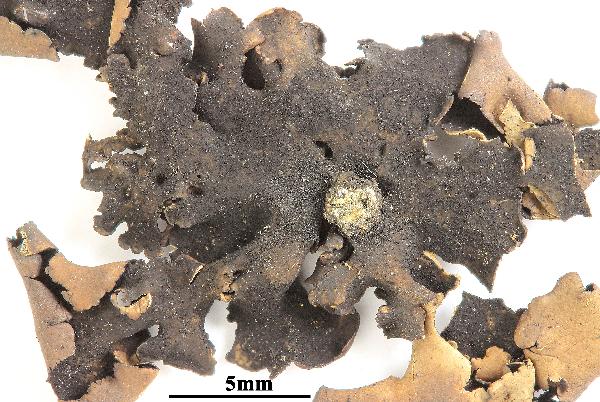

Felix Schumm - CC BY 4.0
[1944], Germany, Baden-Württemberg, Südschwarzwald, Südseite des
Belchen an Granitfelsen, ca. 1300 m, sonnig. Leg. F. Schumm,
10.09.1971, det. F. Schumm, 1971.
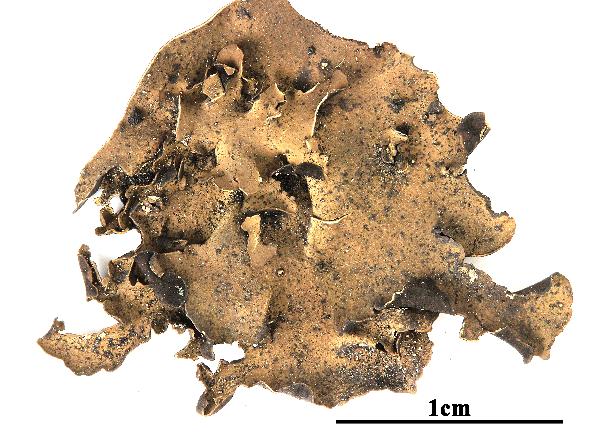

Felix Schumm - CC BY 4.0
[2057], Finnland, Nylandia, Kyrkslätt, Sarvik, Harabacka, on edge of a
forest rock S-of house Harabacka. Leg. Pentti Alanko (Nr. 14,783),
16.05.1970, det. P. Alanko. Ex Plantae Fennicae
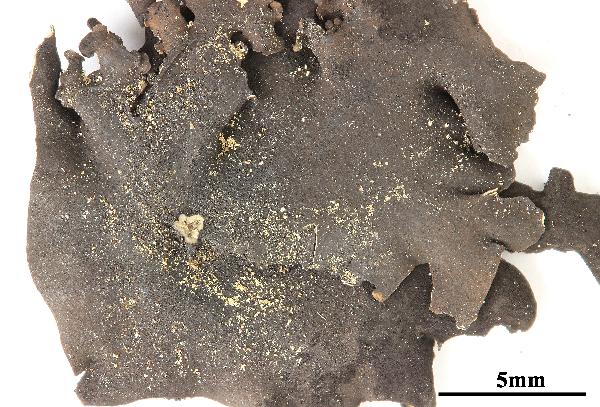

Felix Schumm - CC BY 4.0
[2057], Finnland, Nylandia, Kyrkslätt, Sarvik, Harabacka, on edge of a
forest rock S-of house Harabacka. Leg. Pentti Alanko (Nr. 14,783),
16.05.1970, det. P. Alanko. Ex Plantae Fennicae
Growth form: Foliose, umbilicate
Substrata: rocks
Photobiont: green algae other than Trentepohlia
Reproductive strategy: mainly asexual, by conidia and thalloconidia
Most common in areas with a humid-warm climate (e.g. most of Tyrrenian Italy)
Commonnes-rarity: (info)
Alpine belt: rare
Subalpine belt: rather rare
Oromediterranean belt: very rare
Montane belt: extremely rare
Submediterranean belt: absent
Padanian area: absent
Humid submediterranean belt: absent
Humid mediterranean belt: absent
Dry mediterranean belt: absent

Predictive model
| Herbarium samples |


Felix Schumm - CC BY 4.0
[1544], Germany, Baden-Württemberg, Schwarzwald, Freudenstadt, Silikatgestein. Leg. F. Schumm, 14.05.1967, det. J. Poelt.


P.L. Nimis; Owner: Department of Life Sciences, University of Trieste
Herbarium: TSB (32889)
2003/03/17

Jacques Haine - Source: http://www.lichensmaritimes.org/index.php?task=fiche&lichen=550&lang=en
Belgium, Monthermé

Jacques Haine - Source: http://www.lichensmaritimes.org/index.php?task=fiche&lichen=550&lang=en
Belgium, Monthermé

Bernard Bouffinier - Source: http://www.lichensmaritimes.org/index.php?task=fiche&lichen=550&lang=en
France, Brasparts

Bernard Bouffinier - Source: http://www.lichensmaritimes.org/index.php?task=fiche&lichen=550&lang=en
France, Brasparts

Michel David - Source: http://www.lichensmaritimes.org/index.php?task=fiche&lichen=550&lang=en
France, Brasparts

Michel David - Source: http://www.lichensmaritimes.org/index.php?task=fiche&lichen=550&lang=en
France, Brasparts


Felix Schumm - CC BY 4.0
[1544], Germany, Baden-Württemberg, Schwarzwald, Freudenstadt, Silikatgestein. Leg. F. Schumm, 14.05.1967, det. J. Poelt.


Felix Schumm - CC BY 4.0
[1944], Germany, Baden-Württemberg, Südschwarzwald, Südseite des Belchen an Granitfelsen, ca. 1300 m, sonnig. Leg. F. Schumm, 10.09.1971, det. F. Schumm, 1971.


Felix Schumm - CC BY 4.0
[1944], Germany, Baden-Württemberg, Südschwarzwald, Südseite des Belchen an Granitfelsen, ca. 1300 m, sonnig. Leg. F. Schumm, 10.09.1971, det. F. Schumm, 1971.


Felix Schumm - CC BY 4.0
[2057], Finnland, Nylandia, Kyrkslätt, Sarvik, Harabacka, on edge of a forest rock S-of house Harabacka. Leg. Pentti Alanko (Nr. 14,783), 16.05.1970, det. P. Alanko. Ex Plantae Fennicae


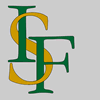 INDEX FUNGORUM
INDEX FUNGORUM
 GBIF
GBIF
 DOLICHENS
DOLICHENS
